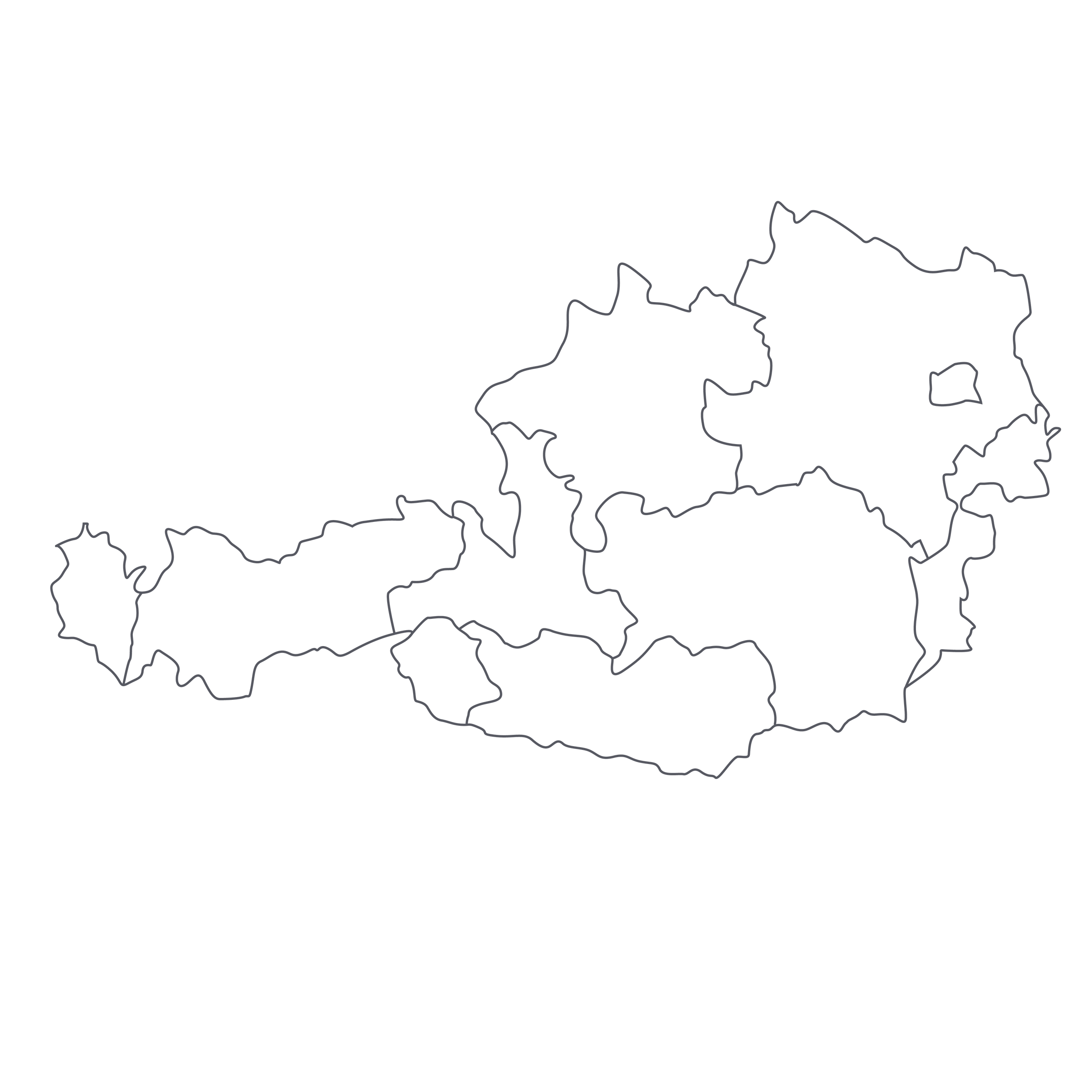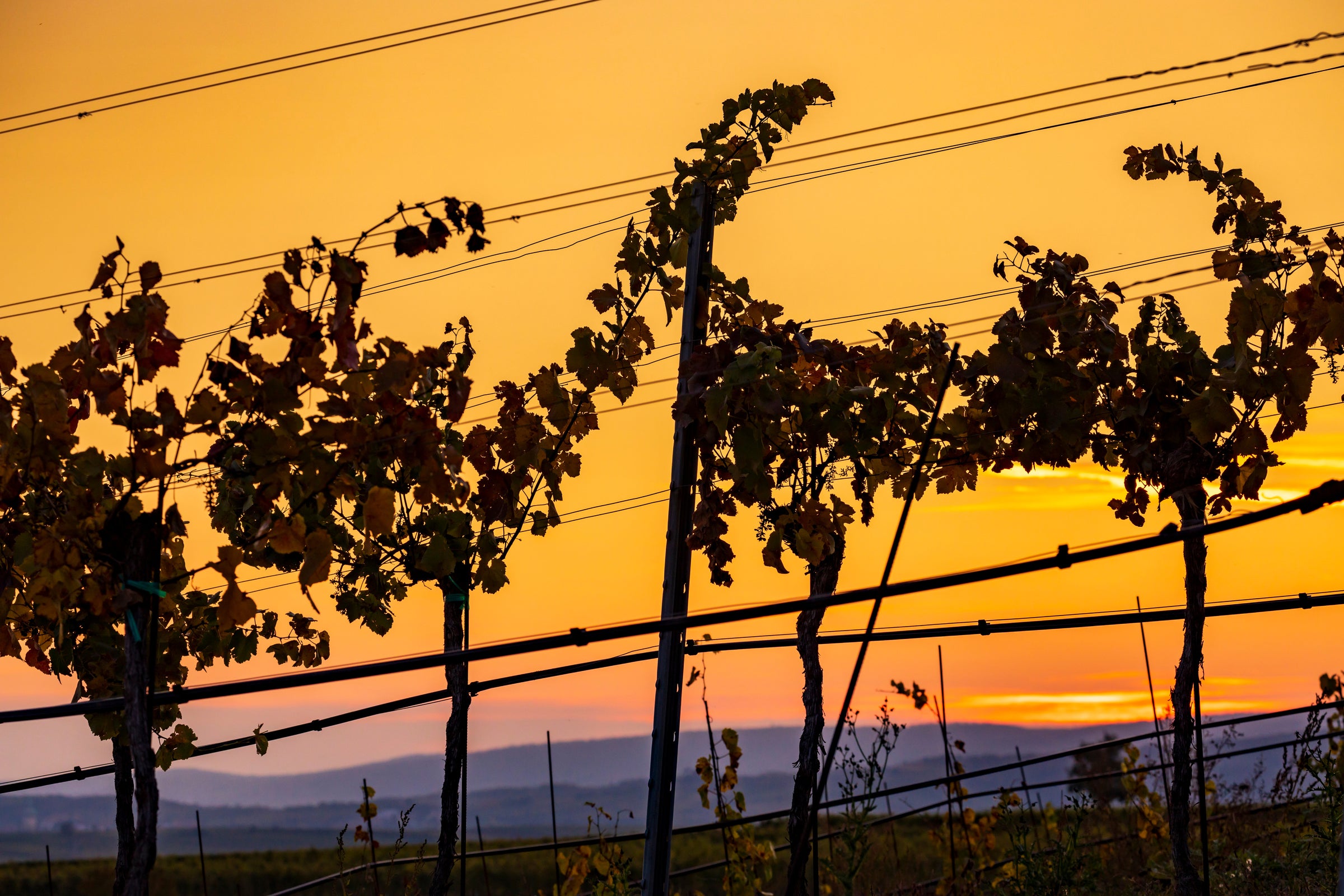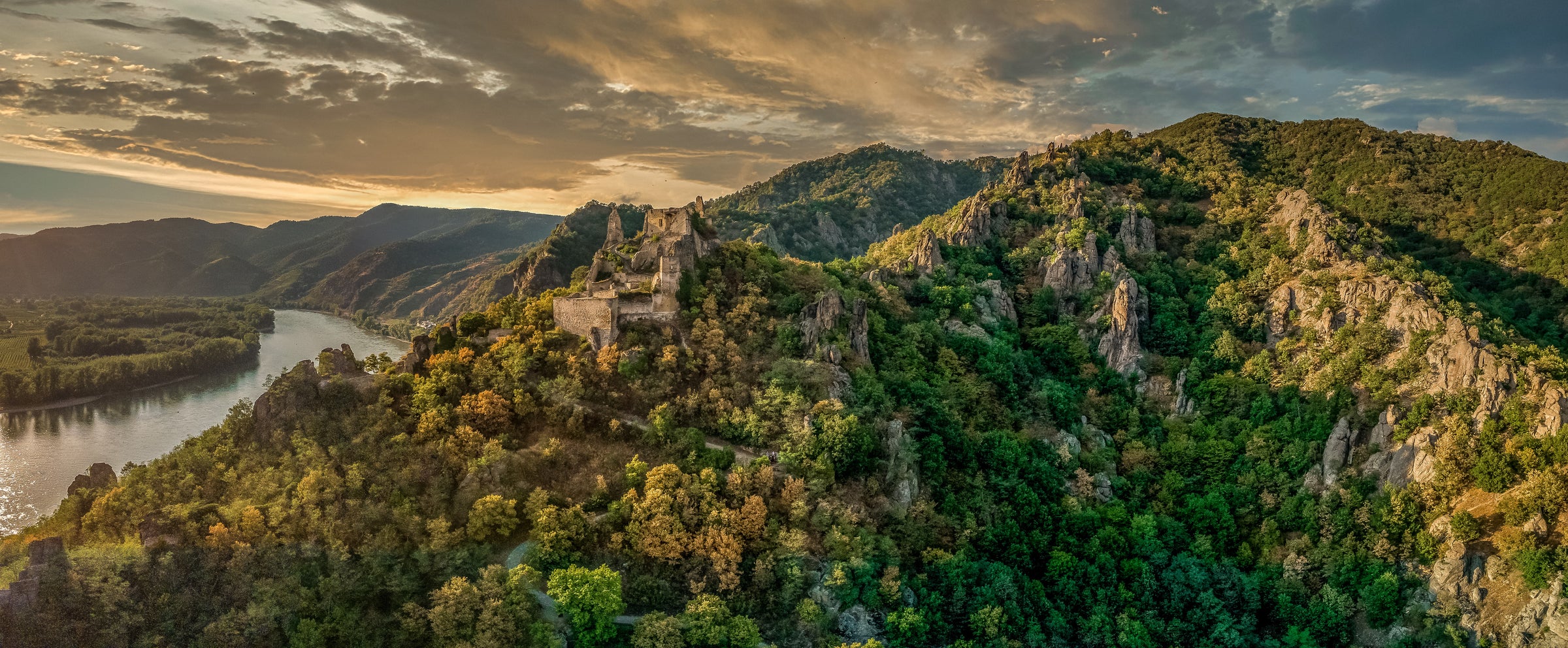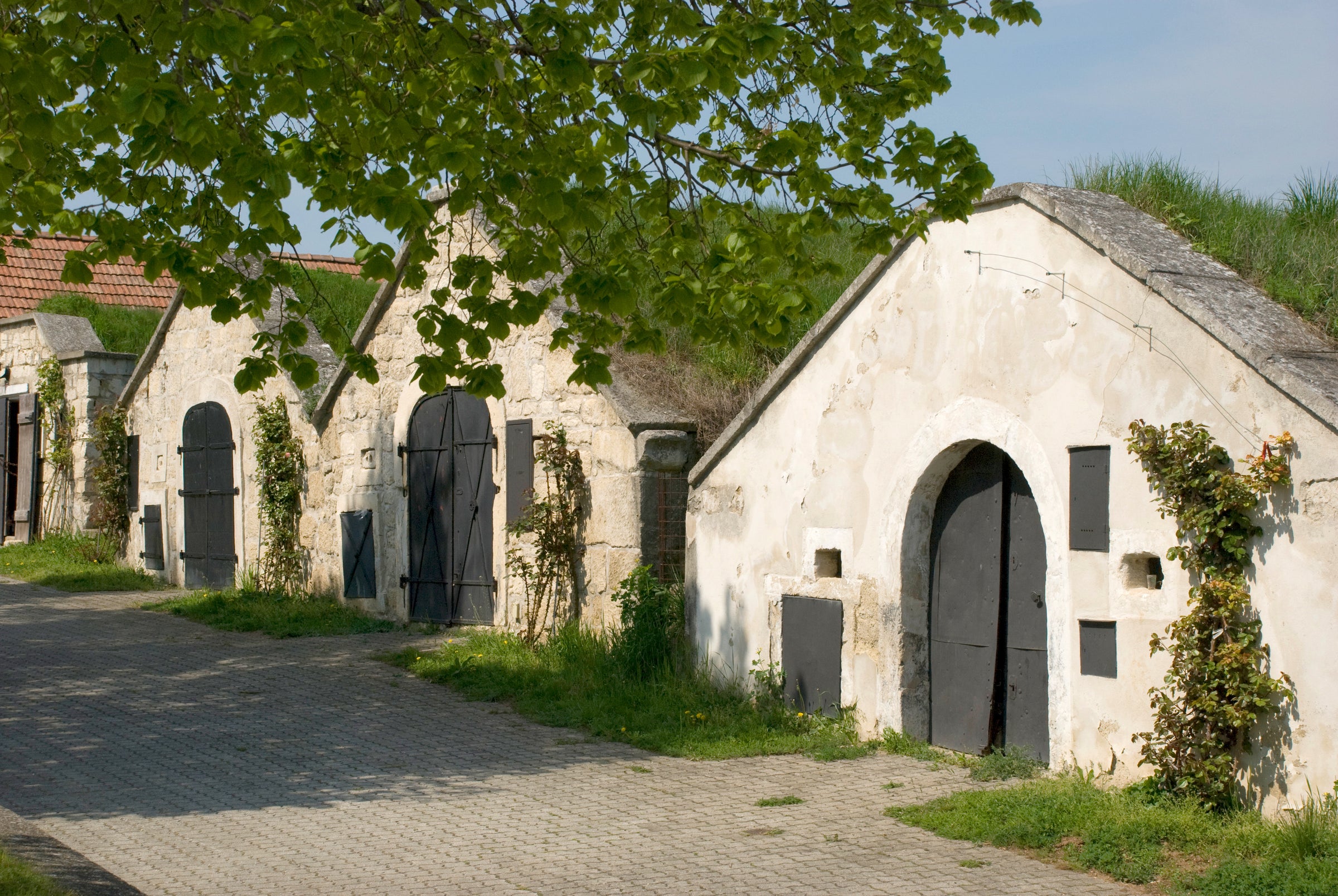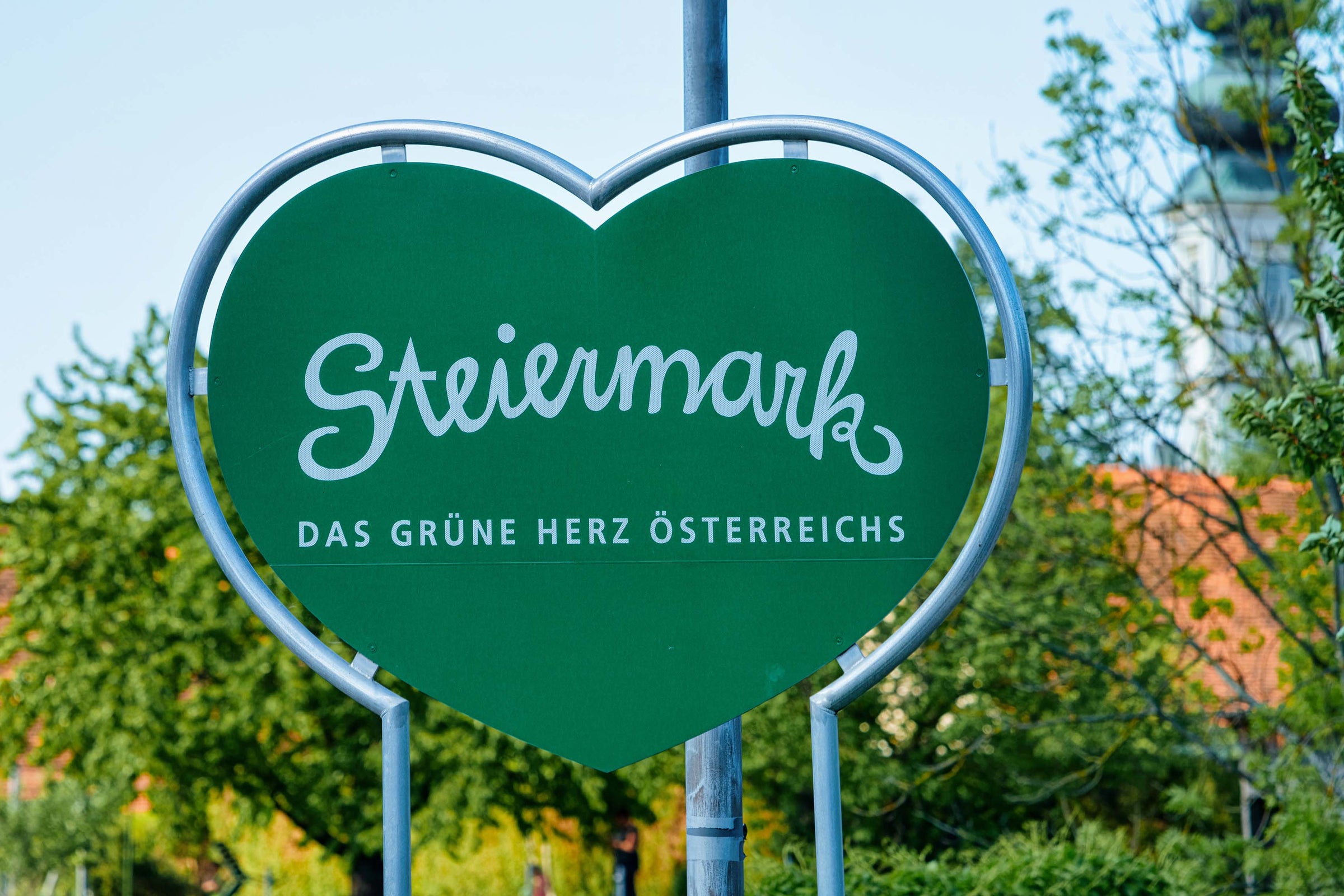After an excruciating four-year hiatus, we’ve recently been rolling out and selling through a number of small-batch 2017 Knoll offerings, and today’s sumptuous dry Riesling serves as the final one. Since many of you have become familiar with Knoll’s stunning single-vineyard bottlings (Loibenberg, Schütt, Kellerberg, etc.) we saved their Loibner Smaragd for last because it’s a powerful melding of all their top sites. Meaning, if you missed out on any of the previous offers, this all-in-one Riesling is the perfect solution—call it the magic formula. If that doesn’t have your heart racing, then I have to assume savoring wine from the world’s greatest regions/producers isn’t your thing!
To say that Weingut Knoll is a “cult” winery wouldn’t be a fair assessment. Quite frankly, they transcend the word. Yes, their saintly baroque label has fascinated collectors and sommeliers for nearly 60 years, but it\'s the profound liquid itself that always attracts my attention. Knoll (pronounced with a hard ‘k’) is among the greatest producers on earth, and you cannot consider yourself a wine fiend unless they’re on your watchlist, in your cellar, and/or on your dinner table. As for today’s final 2017 offer? Expect a dry, powerfully rich Riesling that melds together the unique qualities of each top vineyard site. In the glass, the wine erupts with atomized minerality and lush exoticism that continues expanding and morphing with each passing hour. I made my bottle stretch over the course of three evenings—I challenge you to top that!
Austria’s Wachau appellation is the country’s most acclaimed region and is best represented under the skilled guidance of producers like Knoll. About an hour northwest of Vienna along the Danube River, the vista of the steep, terraced vineyards of the Wachau creates a magnificent landscape akin to a verdant, ancient amphitheater—it is a UNESCO World Heritage site, after all.
\r\n
\r\n
Emmerich Knoll’s 15 hectares rest around the village of Unterloiben, considered to be one of the top areas in the Wachau. The rich and unique soils here contain löss and gneiss, which lend vivid minerality to the wine. Formed eons ago by rivers and Scandinavian ice sheet deposits, löess soil is a granular particulate that clumps together in your hand like a baseball then turns to a sandy-like texture when squeezed. The outcroppings of this soil inevitably impart creamier, richer textures—especially when allowed to ripen to Smaragd levels—while simultaneously delivering outstanding mineral components.
\r\n
\r\n
The precise minerality derived from Knoll’s estate soils is just one factor of many that contribute to the complexity found in the glass. Emmerich Knoll III is an incredible steward of his third-generation family estate—although their restaurant has been in continuous operation for over four centuries! Emmerich embraces traditional winemaking techniques and feels it is crucial to provide ample attention to the unique holdings in his vineyards while exercising minimal intervention in the cellar.
\r\n
\r\n
Knoll farms all of his sites sustainably and harvests each cluster by hand. After a meticulous sorting process, the crop is divided up by vineyard, and in the winery, the whole-bunch grapes are gently pressed and sent into a combination of stainless steel and old casks for fermentation (no malolactic). Today’s Lobiner Riesling Smaragd spent eight months on its fine lees and was racked twice before the site-specific wines were blended together and bottled unfined under natural cork. In the glass, Knoll’s Riesling Smaragd shows the brilliance of the Wachau’s top vineyards: rich layers of apricot, mango, lime peel, Meyer lemon blossoms, green apple, peach skin blast out, followed by crushed stone, light smoke, and a touch of exotic spice. The wine is deliciously lush, yet bone-dry, and those tropical notes on the nose carry over onto the palate with great generosity. Coming in at nearly full-bodied for a Riesling, this is one of the savvier buys in the Knoll lineup due to its ability to infuse fruit from all their elite sites. I recommend decanting for 30-60 minutes, serving in Burgundy stems, and following it over two evenings. Enjoy now and over the next decade, at the very minimum!
